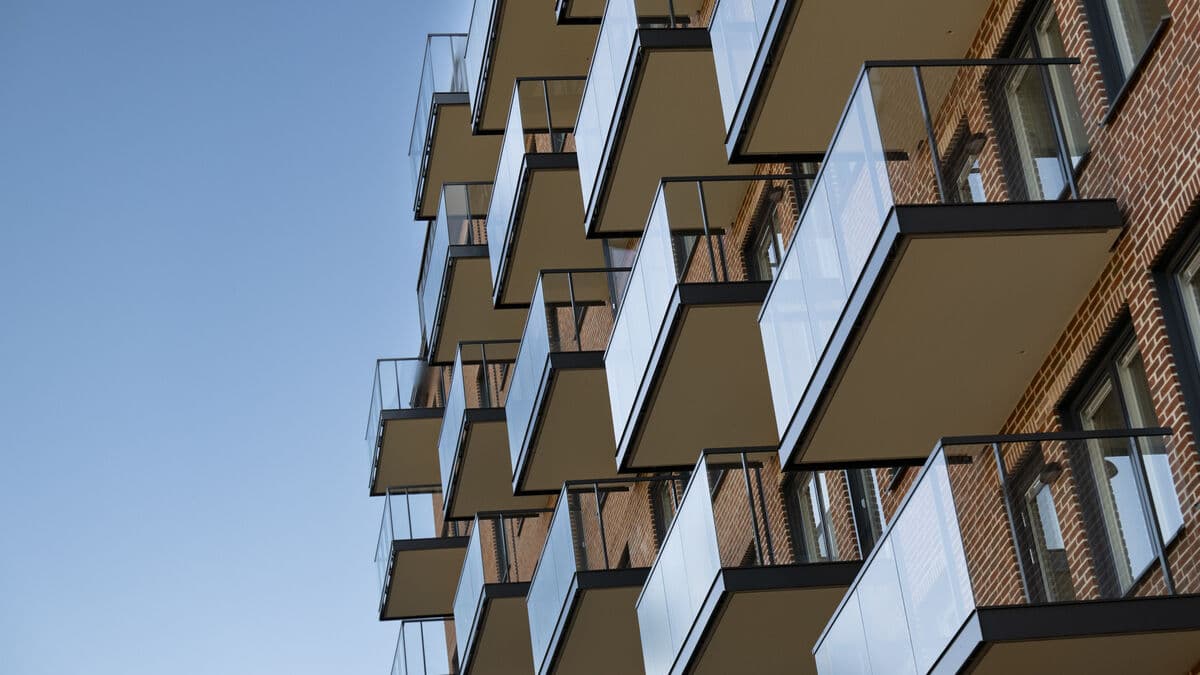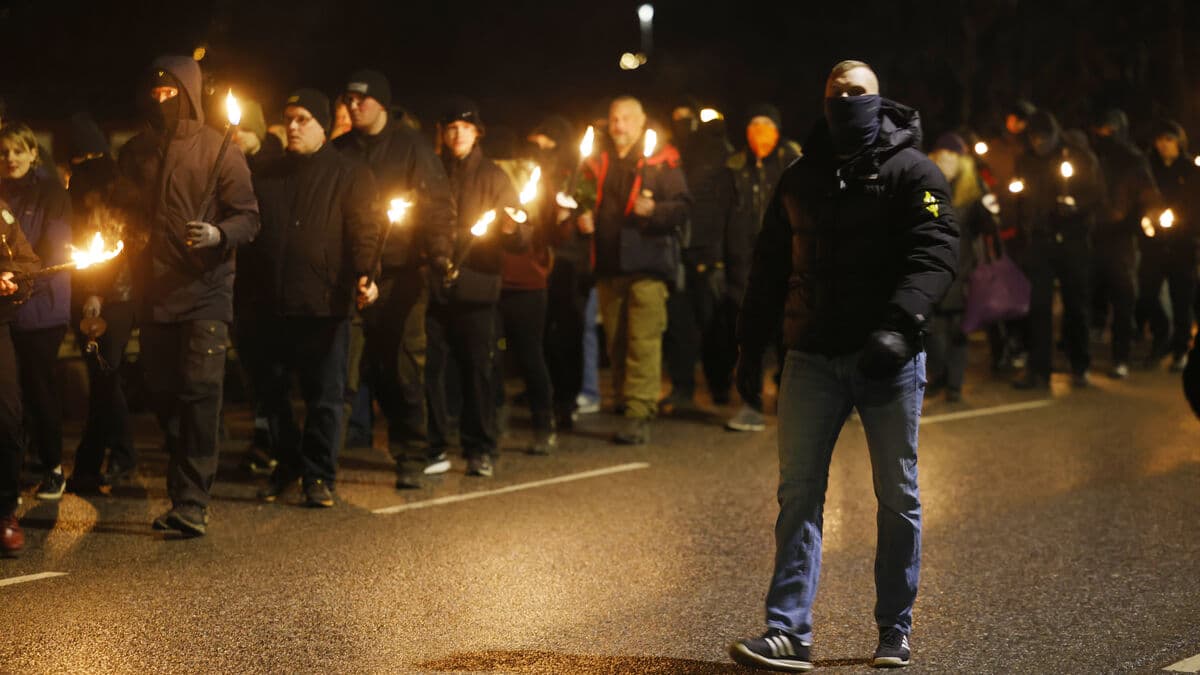Since 2021, when they were at their highest, prices have fallen by an average of 3 percent for apartments in Sweden. This is shown by a review from Swedbank, which has used statistics from Hemnet and Swedish Broker Statistics.
A total of 179 out of 290 municipalities are included in the comparison, the municipalities that have been included are those that have had more than 30 sales in the last year.
In many of these municipalities, we have a lower average price today than in 2021, says Arturo Arques.
Downward trend in commuter municipalities
In total, prices have fallen in 125 of the municipalities surveyed. In 22 percent of the municipalities, prices have fallen by more than 10 percent.
In Stockholm city, prices have instead risen by 3.7 percent during the period. But in many of Stockholm's commuter municipalities, prices have fallen.
It came as a surprise to me that prices have fallen so much in municipalities like Haninge, Botkyrka, and Upplands Väsby, says Arturo Arques.
In Haninge, this is a decline of 11.2 percent, in Botkyrka 11.4 percent, and Upplands Väsby 12 percent. But also in municipalities like Vallentuna, Värmdö, and Nacka, apartment prices have fallen.
The trend looks similar in several medium-sized cities in Sweden. In Jönköping, they have fallen by 10.3 percent, in Linköping by 12 percent, Helsingborg 7.3 percent, Örebro 9.7 percent, and Uppsala 6 percent.
Cash deposit gone
It usually sounds like prices always go up, but it's a truth with modification, says Arturo Arques and continues:
In the really long term, prices go up, but when you buy an apartment, it's good to have a horizon of at least five to six years, preferably longer, if you want to be sure not to lose money.
He takes Eskilstuna as an example. There, prices have fallen by 15 percent since 2021 and are now at the same level as in 2018.
That means that a whole cash deposit can be gone if you would like to move, he says.
Johanna Ekström/TT
Facts: How prices have changed
TT
Municipalities where apartment prices have fallen the most since 2021:
Perstorp: -24.5 percent
Fagersta: -23.6 percent
Nybro: -22.6 percent
Lilla Edet: -22.2 percent
Filipstad: -20 percent
Bjuv: -19.3 percent
Tomelilla: -19.3 percent
Karlshamn: -17.7 percent
Sjöbo: -17.3 percent
Köping: -17.2 percent
Municipalities where prices have instead risen the most
Ljusdal: +54.6 percent
Karlsborg: +45.2 percent
Boden: +25.4 percent
Mariestad: +20.8 percent
Sölvesborg: +18.9 percent
Lysekil: +16.8 percent
Örnsköldsvik: +15.1 percent
Gällivare: +14.4 percent
Lindesberg: +13.5 percent
Grums: +13.3 percent.





